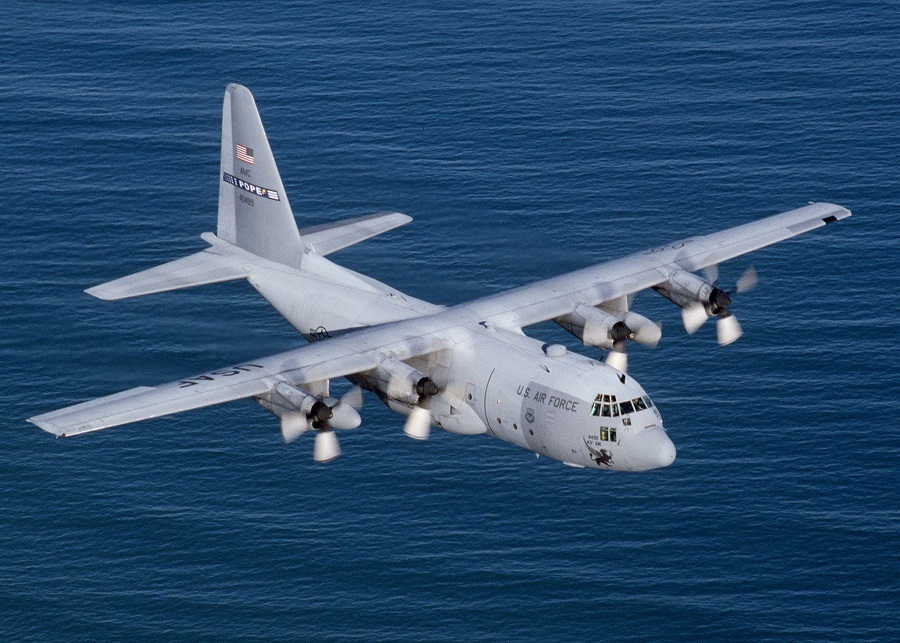
This post is also available in:
 עברית (Hebrew)
עברית (Hebrew)
Safe, effective, and reliable air recoveries promise to dramatically expand the range and potential uses of unmanned air vehicles in conflict situations. An unmanned air vehicle demonstrated successful airborne recovery during the US DARPA Gremlins program’s latest flight test deployment last month.
During the deployment, two X-61 Gremlin Air Vehicles (GAV) successfully validated all autonomous formation flying positions and safety features before one GAV ultimately demonstrated airborne recovery to a C-130. Unfortunately, one GAV was destroyed during the flight tests, according to darpa.mil.
Many hours of data were collected over four flights including air vehicle performance, aerodynamic interactions between the recovery bullet and GAV, and contact dynamics for airborne retrieval. The GAVs can be equipped with a variety of sensors and other mission-specific payloads. They can also be launched from various types of military aircraft, keeping manned platforms safely beyond the range of adversary defenses. After air retrieval, the GAVs can be refurbished by ground crews to prepare them for another mission within 24 hours.
























